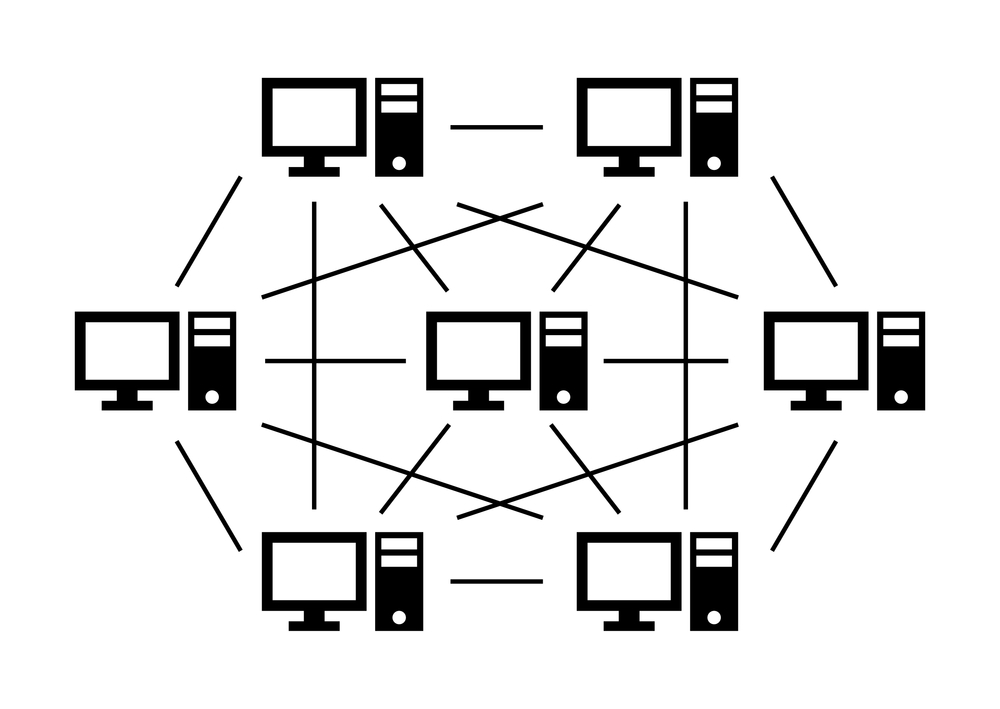In today’s digital landscape, cyber threats are more sophisticated than ever, pushing individuals and organizations to seek advanced security measures to protect their sensitive data. One of the most effective, albeit traditional, methods in cybersecurity is the use of an air gap. An air-gapped system is isolated from unsecured networks, especially the internet, to prevent unauthorized access. While it may sound old-fashioned, air gaps continue to play a crucial role in safeguarding critical information and infrastructure from malicious attacks.
What is an Air Gap?
An air gap is a security measure that involves physically isolating a computer or network from any unsecured networks. The term “air gap” implies a literal gap or disconnect between two systems, preventing digital communication between them. This technique is typically used in environments that require a high level of security, such as government agencies, financial institutions, research facilities, and even some cryptocurrency storage methods.
When a system is air-gapped, it lacks any form of direct connectivity to other networks. That means there is no wired or wireless connection (like Wi-Fi or Bluetooth) to the internet, local area networks (LAN), or other external devices. This separation creates a protective barrier that significantly reduces the risk of cyberattacks or unauthorized data access.
How Air Gaps Work
The air-gapping process is straightforward: remove or disable any components that enable a system to communicate with external networks. In an air-gapped environment, data transfer is usually done manually using physical media, such as USB drives, external hard drives, or optical disks. This method forces any data exchange to be closely monitored, which adds an extra layer of security.
For example, in a military environment, sensitive information is stored on systems that are completely disconnected from the internet. If data needs to be transferred, it must be done through secure physical means, under strict surveillance, and only by authorized personnel. The air gap’s physical separation helps ensure that only those with direct access to the system can interact with its data.
Use Cases for Air-Gapped Systems
Air-gapped systems are used in a variety of sensitive and high-security scenarios, including:
- Critical Infrastructure: Power plants, water treatment facilities, and transportation systems often use air-gapped networks to prevent potential cyber threats from affecting essential services.
- Military and Defense: Classified military information is commonly stored on air-gapped systems to protect national security interests.
- Financial Institutions: Banks and financial firms use air-gapped systems to store confidential data and avoid exposing sensitive customer information to online threats.
- Cryptocurrency Cold Storage: Air-gapped devices are widely used in cold storage for cryptocurrencies. Wallets that are air-gapped remain disconnected from the internet, making it nearly impossible for hackers to access funds stored offline.
- Research Laboratories: Research facilities, especially those handling sensitive intellectual property or classified data, use air gaps to avoid data leaks and intellectual property theft.
Benefits of Air-Gapped Systems
Air-gapped systems offer several key benefits that make them ideal for high-security environments.
- Enhanced Security: By physically isolating the system, air gaps protect against online threats, malware, and hackers that rely on network access.
- Reduced Risk of Data Leakage: Air gaps prevent sensitive data from leaking onto unsecured networks, keeping valuable information contained within the isolated system.
- Resilience to External Attacks: Since there’s no external connectivity, air-gapped systems are resilient to cyber threats originating from outside sources, such as remote hackers or network-based malware.
- Prevention of Unauthorized Access: Without a network connection, it’s virtually impossible for unauthorized users to access the air-gapped system remotely.
Limitations of Air Gaps
While air-gapped systems are highly secure, they do have limitations:
- Inconvenience and Operational Challenges: Transferring data to and from an air-gapped system is cumbersome, requiring manual effort and physical media. This can slow down productivity and make it difficult to perform updates or exchange information.
- Risk of Insider Threats: Although air gaps are effective against external threats, they are vulnerable to insider threats. If an authorized person deliberately or accidentally introduces malware through physical media, the air-gapped system could be compromised.
- Maintenance and Updates: Keeping air-gapped systems updated and patched can be challenging. Since these systems aren’t connected to the internet, they require manual updates, which can be time-consuming and increase the risk of security gaps if not performed regularly.
- Physical Security Dependence: Since air-gapped systems are isolated digitally, their security largely depends on physical access control. This means that if someone gains physical access to an air-gapped device, they may still be able to compromise its security.
Air Gaps and the Threat of Cyber Attacks
Despite the inherent security of air gaps, there have been incidents where cyber attackers managed to bridge air-gapped networks. Attackers have found creative ways to compromise air-gapped systems, including:
- USB-Based Malware: USB devices, if infected with malware, can spread the infection to an air-gapped system once plugged in. Stuxnet, a well-known cyberattack on Iran’s nuclear facilities, is a prime example where an air-gapped system was compromised through USB-based malware.
- Electromagnetic and Acoustic Attacks: Some attackers have exploited the electromagnetic emissions or even the sounds emitted by air-gapped devices to gain access to sensitive data. Such attacks require highly specialized equipment and expertise but demonstrate that air gaps aren’t invulnerable.
- Supply Chain Attacks: In this scenario, attackers compromise hardware or software components during production. Once these components are integrated into an air-gapped system, they can serve as a backdoor for malware.
Best Practices for Maintaining Air-Gapped Systems
To maximize the security of air-gapped systems, it’s essential to follow certain best practices:
- Physical Access Control: Limit physical access to authorized personnel only, using secure access points and surveillance.
- Strict USB and Media Policies: Restrict or monitor USB and external media usage. Consider implementing policies that limit the introduction of external drives to minimize the risk of malware.
- Regular Manual Updates: Although challenging, it’s essential to keep air-gapped systems updated with the latest security patches. Conduct regular reviews to ensure systems are protected against emerging threats.
- Monitor Insider Activities: Implement policies and tools to monitor employee activity on air-gapped systems to prevent insider threats.
- Encrypted Data Transfers: Ensure that any data transferred to or from an air-gapped system is encrypted to minimize the risk of interception.
Conclusion: Are Air Gaps Still Effective?
Air gaps continue to be an effective cybersecurity measure, particularly for environments where data security is paramount. By physically isolating systems from unsecured networks, air gaps provide a robust line of defense against most external cyber threats. However, air-gapped systems are not immune to all forms of attack, especially from insider threats and sophisticated cyber techniques. When combined with best practices for physical security, restricted access, and regular monitoring, air-gapped systems remain a valuable tool for protecting sensitive data in high-stakes industries.





